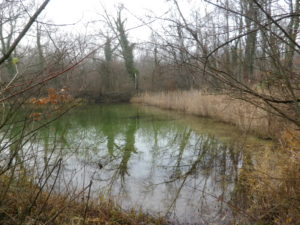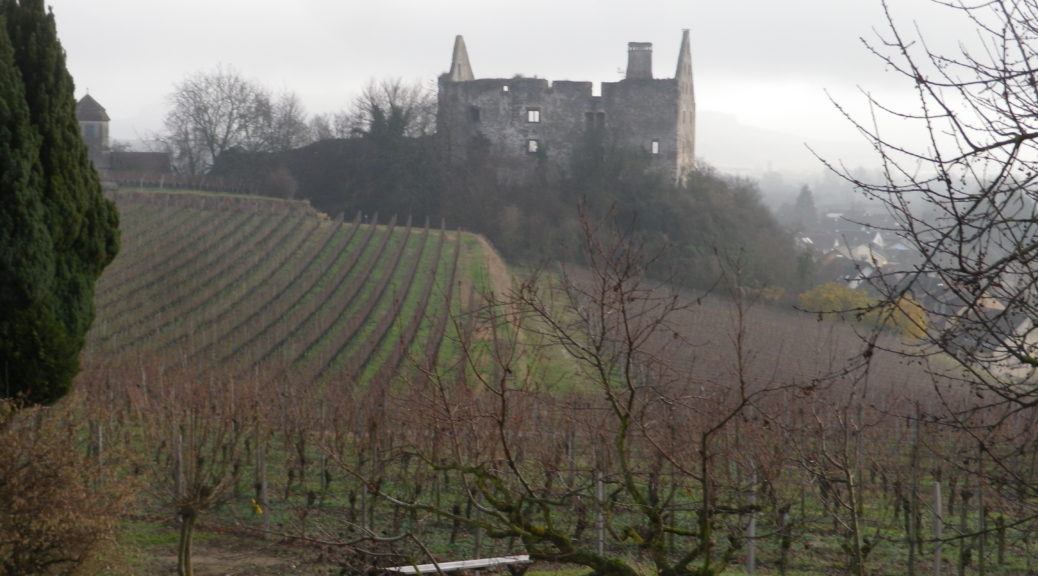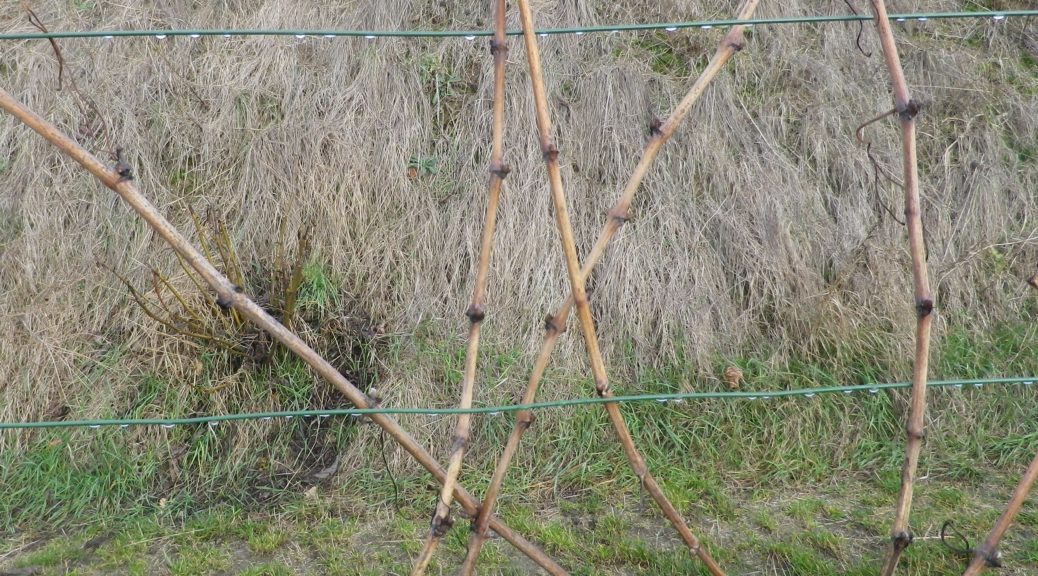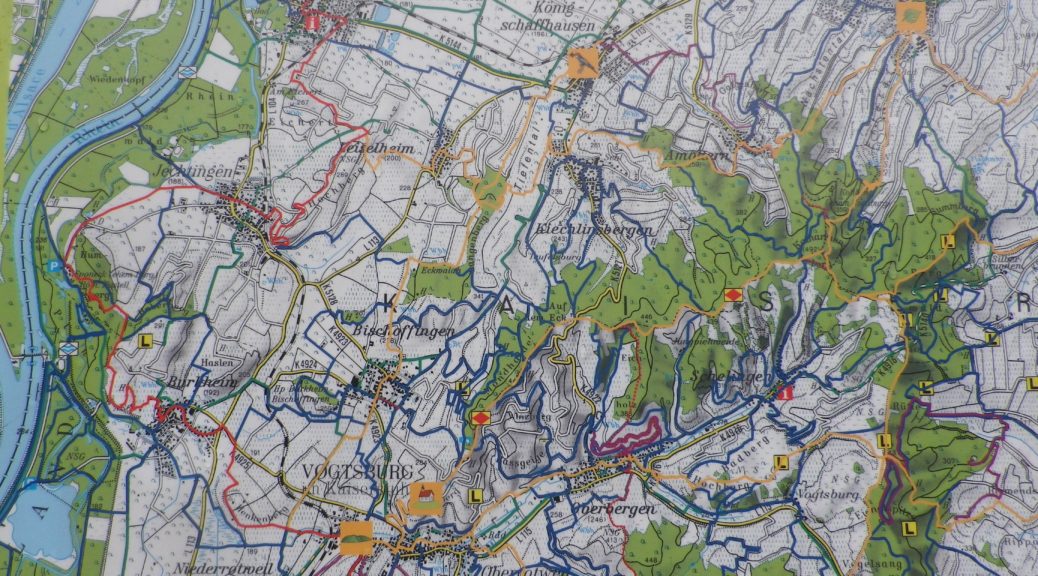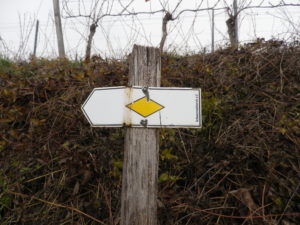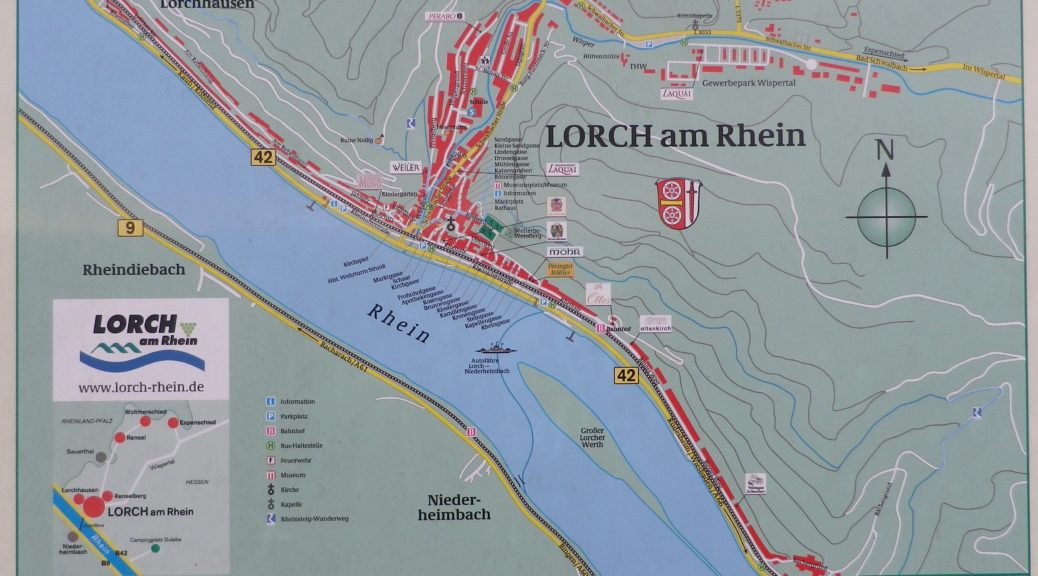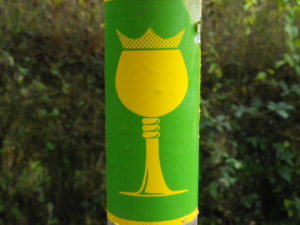What I Learned
Within the German wine region of Baden lies the Kaiserstuhl wine district. With almost 4300 hectares (over 10,500 acres), it is the largest of all nine wine districts in Baden.
This district is the warmest site in Germany, with the highest average temperatures and the highest average hours of sunshine. In this district, the vines are planted mostly in terraces, mostly on south facing slopes of the Kaiserstuhl slopes.
The whole area looks and feels volcanic, as it was once one giant volcano. The volcano was active 16 to 19 million years ago, and since then, the terrain has eroded. Hence the underlying geology is volcanic. A layer of loess lies on top of what remains of the eruptions’ geological debris. The vines grow atop this geology in a series of terraces. The cuts in the terraces reveal the meters of depths (achieved over time) of this light-colored sediment. Two of Burkheim’s best known growth areas are Schlossgarten and Feuerberg (literally, “fire hill”).
Continue reading Wine Notes: Baden’s Kaiserstuhl →
